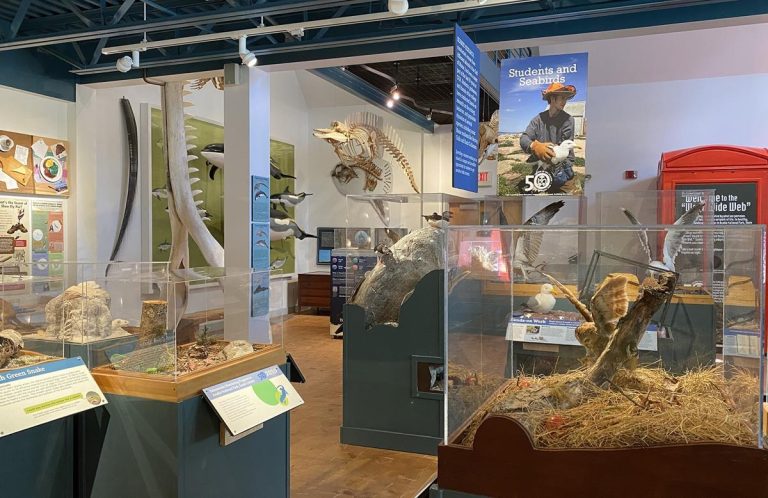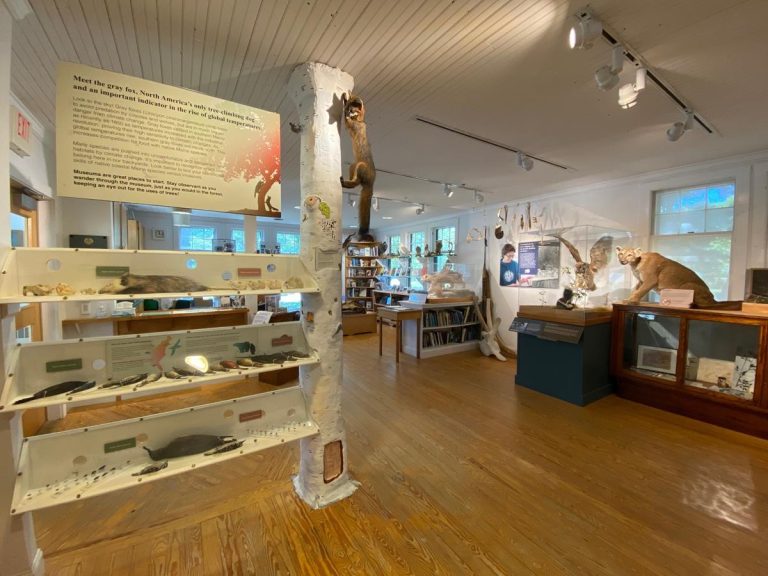The George B. Dorr Museum of Natural History, situated at the College of the Atlantic in Bar Harbor, Maine, stands out with its unique hands-on educational programs. These programs, designed for students of all ages, offer a distinctive way to explore Maine’s natural world through interactive exhibits and activities. The museum’s tide pool tank, a standout feature, houses a diverse range of live marine life, including sea stars, hermit crabs, and snails. This touch tank provides a unique opportunity for students to engage with marine biology and ecology, making it particularly appealing for younger visitors who learn best through sensory experiences.
One of the museum’s most engaging offerings is the “Bones, Baleen, and Whale Ecology” program. In this program, students collaborate to reassemble the skeleton of a 17-foot Minke whale, providing a hands-on learning experience in anatomy and marine ecology. This activity not only encourages teamwork and problem-solving skills but also brings the subject matter to life. Moreover, the museum’s programs often include guided tours, scavenger hunts, and nature walks that delve into Maine’s coastal ecosystem, focusing on animal behavior, habitat, and conservation issues.
The museum’s exhibits, designed by students at the College of the Atlantic, provide a unique learning environment where younger visitors can see examples of student-led research and exhibit design. Schools planning a visit can choose from a variety of program lengths and formats, including self-guided tours, guided experiences, and specialized outreach programs for those unable to visit in person. By blending traditional natural history with interactive elements, the George B. Dorr Museum not only engages students but also supports curriculum goals across environmental science, biology, and ecology, making it a versatile and valuable field trip destination for educators.









